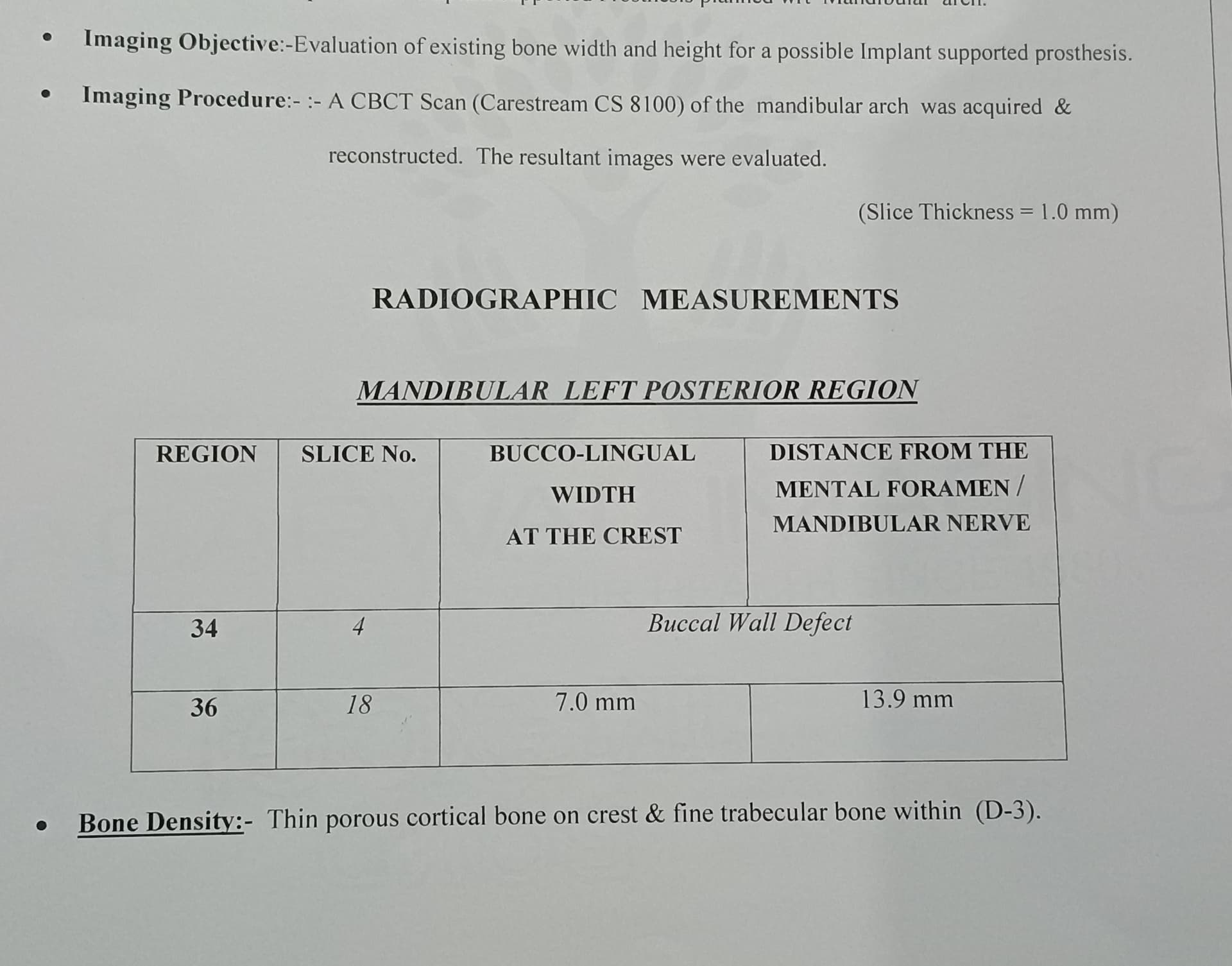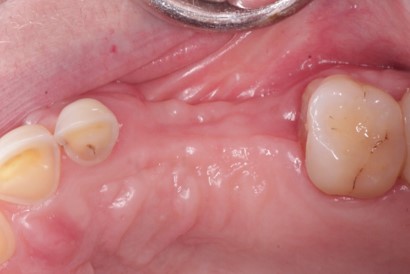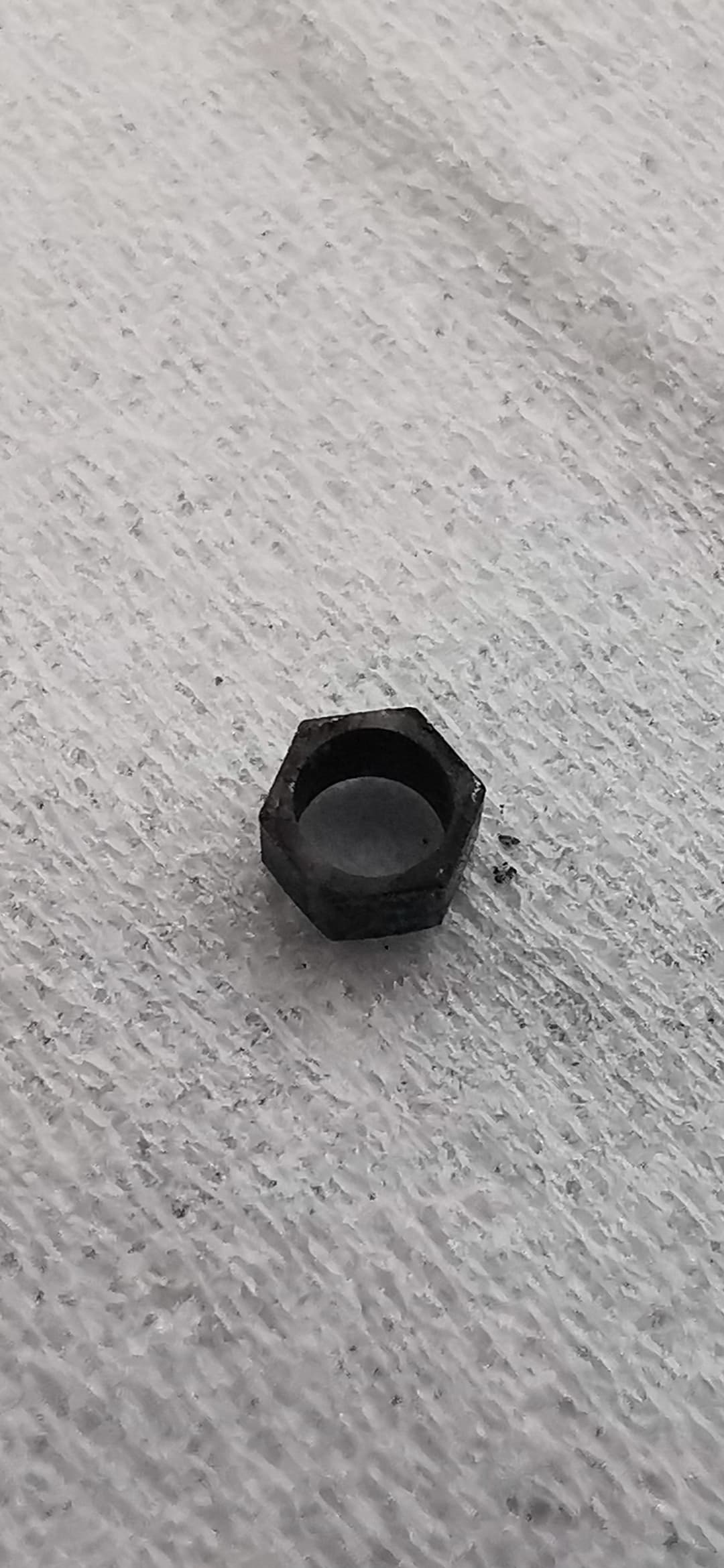Dental Implants: Mandibular Overdentures
Dr. Adler asks:
I have inherited some patients with 4 dental implants and Locators retaining a mandibular overdenture.
The dental implants are placed in the anterior between the mental foramen nerves. In all of these cases the distal saddle extensions have been off the tissue so that the overdentures are actually dental implant supported (i.e., RP4). I have begun treating each of these patients by relining the distal extensions to produce more tissue bearing and less bearing on the dental implants. Are any of you seeing this and if so how are you treating this?
15 Comments on Dental Implants: Mandibular Overdentures
New comments are currently closed for this post.
Michael Weinberg
4/4/2006
Mand overdentures with 4 Locators are 70% supported by the implants and 30% by the soft tissue in the posterior saddle areas. For 100% implant support you need a bar splinting the implants together with attachments on the bar ( e.g. Locators or clips). You are absolutely correct in relining the saddle areas to get a more intimate fit with the soft tissue
G Naffery
4/4/2006
The problem with the Locator is that it is not a resilient attachment. That is why so much force is being transmitted to the implants (70%). If the implants are angulated, now you are looking at lateral forces on the implants, as I'm sure you know, is not the best thing to have happening.
bostonimplants
4/4/2006
I agree with Michael that for an implant supported denture, splinting is the key. These cases were set up to be implant retained. There is a difference. Splint them if you want, but personally, I would change the abutments to a ball and O-ring or some other attachment with vertical movement to allow the denture to make contact with tissue when occlusal forces occur. Just my 2 cents.
M John Matos DDS
4/4/2006
I've been using the Locator atacments with and without platform switching for over 7 years with excellent success. If your abutments are angulated try using the green inserts calles LERM (Locator Extended Range Male) fitting... they are great! Also, I've found if you leave 2 mm of the abutent above the marginal gingiva before the lip portion of the Locator the soft tissue remains nice and pink and inflammation free. If the occlusion is stable and even in CR, then slightly lighten the occlusion over where the locators are... the tilting action is minimal in adversely affecting the implant, as long as the surgeon has used the full length of the residual ridge and basilar bone... even to the inferior border... remembering to keepthe implants more buccal than you think (use a denture as a stent) becasue the resorptive pattern of the mandibular residual alveolar ridge collapses towards the lingual - so if you follow that your implants will be TOO FAR TO THE LINGUAL! Good luck and keep on going 0 the occlusion is the key!
Matt
4/5/2006
Interesting that you've been using the Locator for seven years. I didn't know they were around that long. Their web site says they were developed in 2000.
Jim Ellison
4/5/2006
You're correct to be relining the denture base in the posterior. Most of the heavy occlusal load will be applied to an overdenture in the second premolar/first molar area. No matter what attachment system you use, the denture must always seat properly to the ridge. With 4 implants in the anterior you will get little if any hinging, but resiliency will certainly help to distribute the load over the edentulous ridge during mastication. As was pointed out above, the Locator is not resilient. The ball and o-ring also only hinges. An abutment, like the ERA will give you true vertical movement, which will help to more evenly distribute the load. Jim Ellison, Sterngold Dental.
Scott Mullaly
4/5/2006
The Locator attachment is the most popular attachment on the market today. It is currently sold by 20 Implant companies and 8 more are in the process of adding it to their product line.
Many comments made on this blog as well as others knocking the Locator are made from a competing attachment company. In order to prop up their aging and outdated attachment they need to find something wrong with the Locator. The fact is, there is nothing wrong with the Locator attachment. We did a survey of Locator users asking them to compare the Locator to the ERA in the over 200 replys only one chose the ERA over the Locator.
Ask someone you know who has used both and go with their recommendation.
Scott Mullaly
Zest Anchors
LCM
4/5/2006
Locators do come with a spacer, and if that is used correctly, there is no reason why they will not provide vertical freedom to a certain extent. I think with any attachments, if it is used correctly, and according to the way it was designed, they generally work fine. O-rings can take up a lot of vertical space where you need to set teeth.
Robert Aitken
4/6/2006
4 mandibular implants equals a bridge (fixed prosthesis)Then you don't have to worry about relining/proportional load/tissue resiliency/maintenance........be happy ,screw it in
Anon
4/10/2006
I think there's some kind of CAD CAM bar dolder type with locators milled on top of the bar giving extra retention to the overdenture. Do you know who is manufacturing that CAD CAM?. Some of you have previous experience with that solution? I saw a picture of one case and looks very interesting...
Bill DeWert
4/11/2006
I've used Locators since they have been available, both mandibular and maxillary prostheses. I used to use ERA attachments...never will again! I've found the Locator sytem to be MUCH more versatile and problem-free. So has my lab.
R.A.Wicks
4/12/2006
As an educator I look for techniques and products that are simple, predictable, and reliable. Regardless of the system used our student overdenture technique involves delivery of the denture(relieved over the healing abutments), then adjustment and adaptation of the denture to the soft tissue for at least ten days. After the soft tissue support is confirmed we remove the healing abutments install the attachment and their coresponding housings in the denture primarily to serve in retention. Resiliency and rotational movement will be dependent on the presentation and character of the tissue of the residual ridges and the nature of the opposing occlusion. Attachment systems should be selected in part by their ability to adapt to the intraoral situation present and to what degree they may need serve to support and stabilize as well as retain the prosthesis. Other factors include expense, maintenance, and spacial occupancies.
Gordon Craig
4/12/2006
First, allow me to introduce myself. I am Gordon Craig, Vice President of Business Development for Sterngold Dental. Sterngold is the manufacturer of the ERA attachment system and over 4000 other quality dental products.
In response to Scott Mullaly’s post on 4/5, enough is enough, Scott I urge you to prove your claim that your Locator is the most popular attachment on the market today. The fact is the Locator system is limited to only a direct overdenture attachment, an implant abutment, or a bar attachment. Still today the largest segment of attachment work is on partials, where your Locator cannot be used. While there is an increasing amount of implant work being done in the marketplace, in relation, it is still a much smaller segment than traditional attachment work. The Locator is an abutment which is strictly used in overdenture cases. In comparison, the ERA attachment system encompasses a wide variety of attachment work from partials, to cast copings on natural teeth or bars, cemented posts on natural teeth, implant abutments compatible with over 100 different implant systems, and the ERA Implant, a one piece design (implant & abutment) for both transitional and permanent immediate denture stabilization. The ERA partial was introduced to the market in 1985, with the ERA Implant Abutment coming to the market in the early 1990’s, designed by a dental company who has been in business since 1897. We have the clinical data that supports exactly how the ERA performs both short-term and long-term. The ERA has been given the Townie Choice Award, as the most popular attachment system, for the last three consecutive years by a wide margin (Dental Town has only been doing the awards for three years). The awards are based on polls of thousands of people (not 200 hundred). So again please back-up your claim that the Locator is the most popular attachment.
It is important to review and compare some of the features of each abutment (the abutment is only one segment of the ERA system). 1. Angle correction: ERA has true & patented angle correction at increments of 5, 11, & 17 degrees. With a tolerance of 5 degrees built into the system the ERA can correct implant misalignment up to 44 degrees of divergence. The Locator cannot and does not have true angle correction. According to the Zest literature, “the retentive nylon male remains in static contact with the female socketâ€. It is the metal housing which pivots on top of the male. We have several cases per week that a dentist is changing from Locator to ERA because the Locators are not functioning adequately due to an alignment problem. This condition leads to the second feature: 2: Resiliency. Once the Locator male pivots in the metal housing there is direct and constant contact with the female, thus the Locator does not have any vertical resiliency as defined by the dental industry experts. Conversely, the ERA maintains its 4 tenths of a millimeter vertical resiliency no matter what the angle. And we have the studies to back this up. I recommend all clinicians to please ask Zest Anchors for their studies.
Performance and predictability is absolutely critical in dentistry. I decided to post this message to attempt to clarify some major misconceptions in the marketplace. Many of which I believe have been purported by the Zest Anchor Company. We spend countless hours working with clinicians to help salvage implant cases that are otherwise not restorable with anything but an ERA. So please, I urge all clinicians to take the time to research which attachment is better and not just go with an attachment because “all of the implant companies are carrying itâ€. Think about this, most of the implant companies wanted to sell the ERA long before the Locator. Sterngold sells direct to the consumer, which means that the ERA is available at a significantly lower price than buying the Locator through a middleman. And you won’t find any better technical support than Sterngold’s. Please refer to our Fact vs. Fiction brochure posted on the Sterngold website or I would be happy to send a copy to anyone interested.
alvaro ordonez
4/15/2006
the combination of locators and implants in the area anterior to the mental foramens is a great one.
It usually works great, it gives great stability to the overdenture and as time goes by you can change to plastic component to a more rigid component improving retention and decreasing the anterior posterior component of movement they tend to present.
the facts that you have implants in an overdenture case doesnt mean that you change the basics of denture making, if you put the strain of the vertical forces on the implants you will affect the long term stability of the denture implant system, so you are doing the right thing, all you need to do is remove the metal housings from the denture and seat the denture on the tissues and do the pick up again, that way you will correct the component of forces that goes in to the implants.
if you dont know how to do it, contact me and I will be happy to help you.
also make sure you check the bite, remember, you still using a balance occlusion design!!
randalldmd
4/19/2006
Mr. Mullaly,
If the Locator is so popular, how come you could only poll 200 users? Is that all you have for customers? 200? Or did you hand pick the ones that you knew would reply favorably? Don't get me wrong. The Locator is a good product if used within its limitations. Why the recent Locator craze? Marketing and blind, mindless following by dentists that don't know any better. Again, they are ok for certain simple clinical situations, but I have had several patients that had them placed and have had nothing but problems. In particular, with angulated implants which unfortunately happens more often than not.
And no, before you get paranoid, as in your post, I don't have any affiliation with Sterngold. Actually I prefer ball and o-ring abutments.
I also find it very unprofessional for you to be spouting off about how your product is "the most popular attachment on the market today" without any proof whatsoever to back up your empty claim. Shame on you. Show me any kind of evidence of this.
{I appologise for the tone of this post. I am in a cranky mood. Just venting.}


















